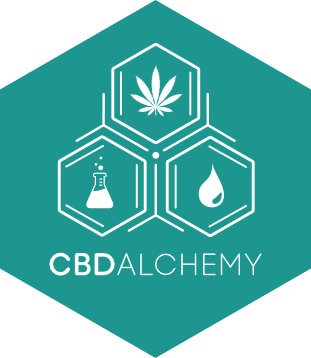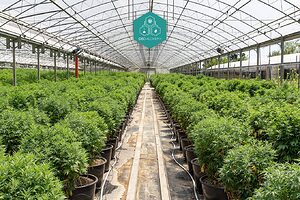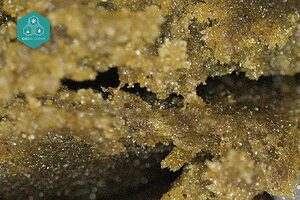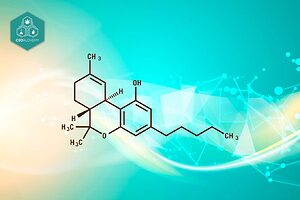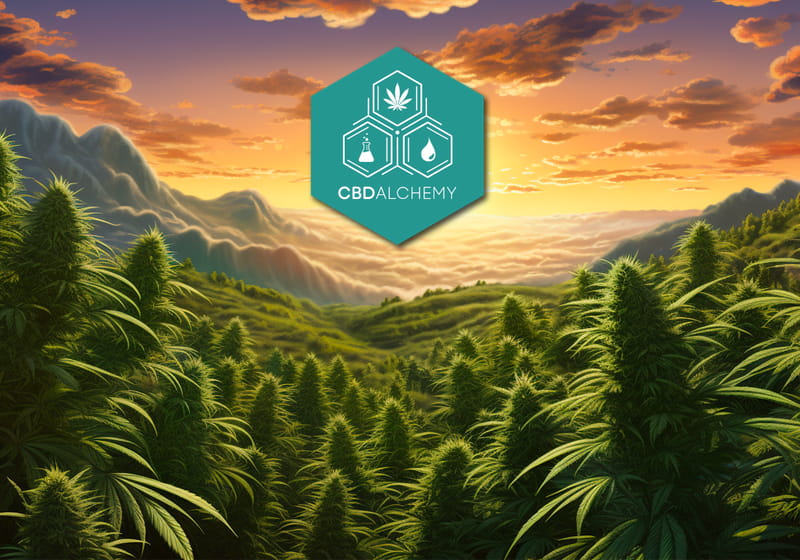- Key Points
- The Origin and Composition of the Hemp Leaf
- Therapeutic Benefits of Hemp Leaves
- Practical Use of Hemp Leaf Infusions
- Hemp in the Kitchen: More Than an Infusion
- Hemp Leaf in the Textile and Construction Industry
- CBD Flowers
- Legal and Consumer Safety Considerations
- Summary
- Frequently asked questions
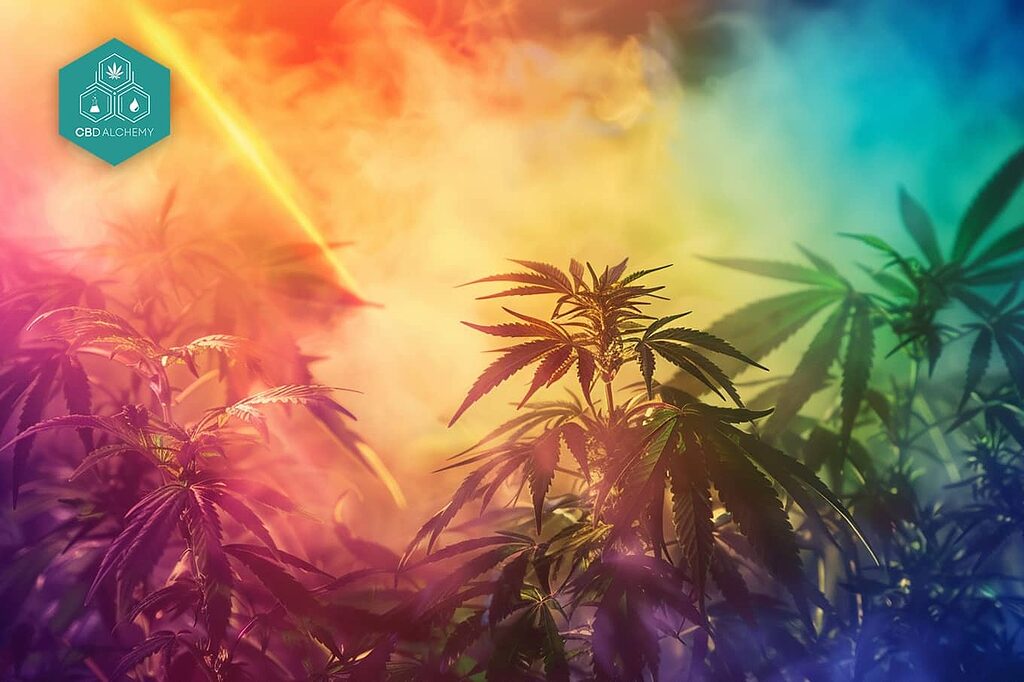
What makes hemp leaf so special and how can you use it in your daily life? This article discusses the nutritional properties of hemp leaves, unveils their various applications both at home and in industry, and explains how their responsible integration complements a healthy lifestyle in compliance with current laws.
Key Points
- Hemp leaf, from the Cannabis sativa L. plant, has a composition rich in more than 100 phytochemicals, terpenes, flavonoids, omega fatty acids and vitamins, with important differences between cannabinoids such as CBD and THC in terms of use and legality.
- Hemp leaves offer therapeutic benefits such as stress relief, improved sleep quality, and pain and inflammation management, thanks to the properties of CBD and other compounds.
- In addition to its use in infusions, hemp plays a key role in the food, textile and construction industries, standing out for its sustainability and innovative applications in materials such as hempcrete.
The Origin and Composition of the Hemp Leaf
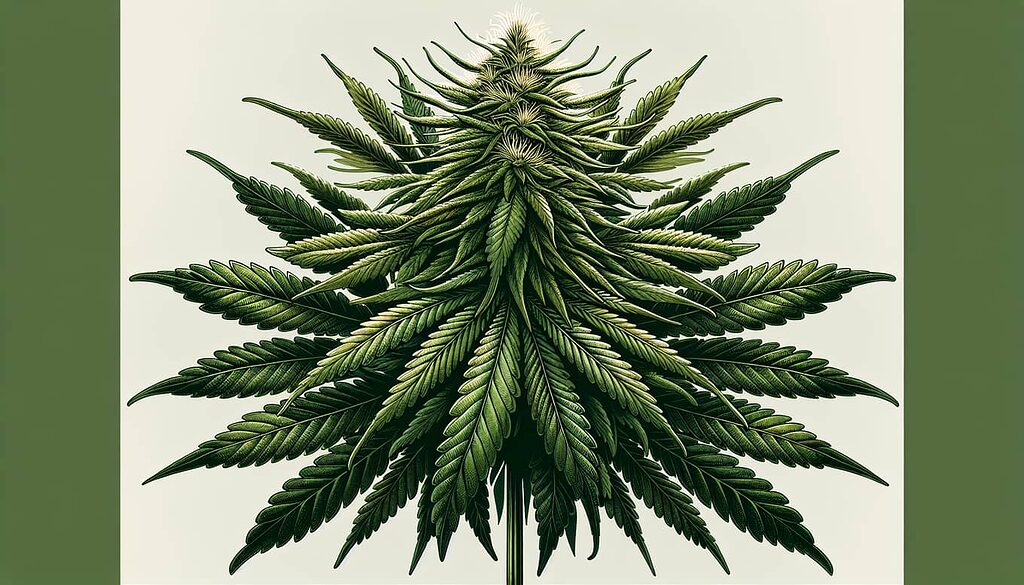
Hemp leaf, extracted from the venerable Cannabis sativa L. plant, is a compendium of nature’s wisdom. Domesticated more than 6000 years ago in the heart of Central Asia, this plant has evolved along with the civilizations that have cultivated it, thanks to hemp seeds. Its value lies in its rich composition, which includes:
- More than 100 phytochemical compounds
- Terpenes that awaken the senses
- Flavonoids that color its properties
- Omega fatty acids that nourish the body
- Vitamins that strengthen the health of those who consume it.
Especially known for its cannabinoids, industrial hemp stands out for containing Cannabidiol (CBD), a non-psychoactive component as opposed to Tetrahydrocannabinol (THC) present in low quantities, making its consumption a safe and regulated experience.
History of Hemp in Culture and Agriculture
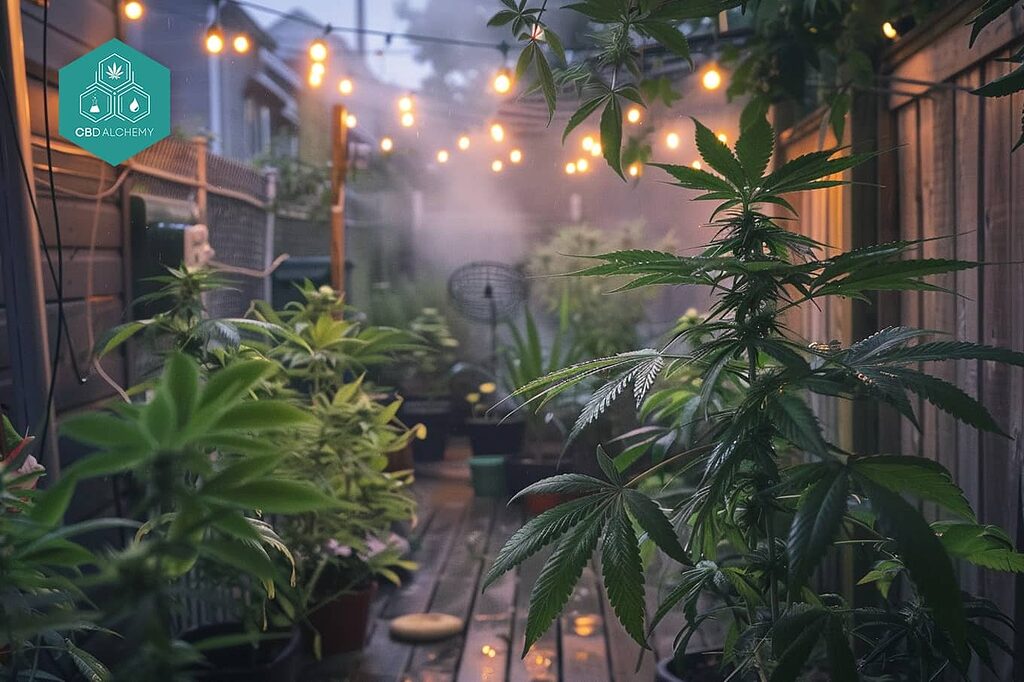
Hemp’s journey through history is a tale of versatility and resilience. From ancient Mesopotamia, where the first pages of its journey were woven around 8000 BC, to the Chinese medicinal writings of 2800 BC, hemp has been an invaluable ally to mankind. Its imprint extends into the lexicon; the word ‘canvas’, used to describe the sturdy, wind-defying sails of ships, derives from hemp, and its mention in biblical texts highlights its role in culture over the millennia.
More than a material for clothing or covering, hemp has nourished with its oils and proteins, cured in traditional medicine, and edified in the construction industry, demonstrating that its legacy goes beyond leaves and roots.
Cannabinoid Analysis: CBD vs. THC
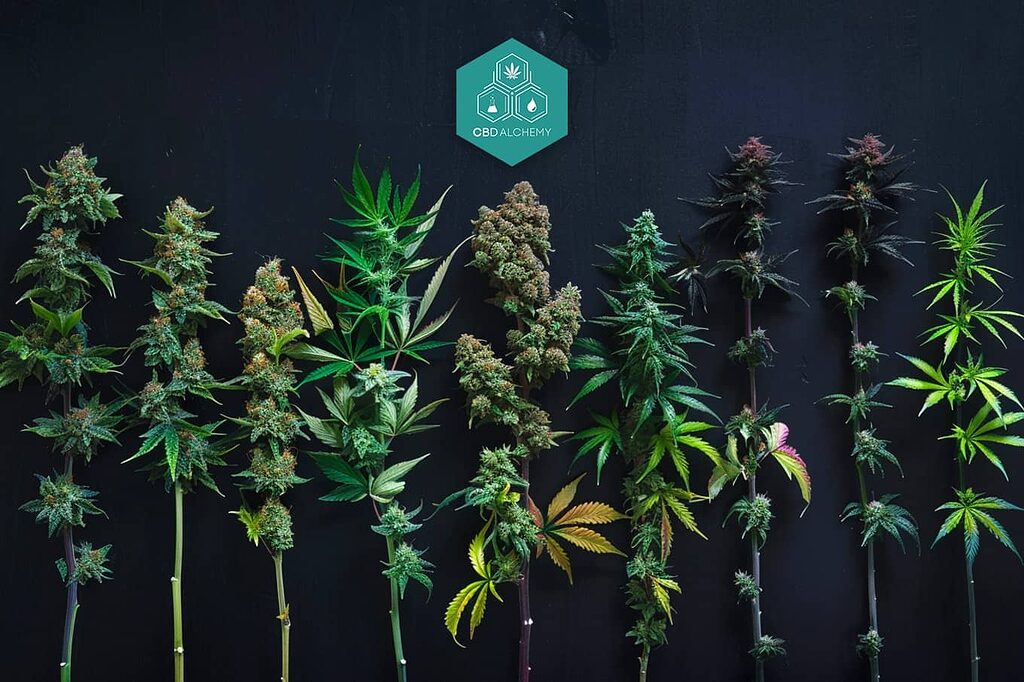
Within the spectrum of Cannabis sativa compounds, the distinction between CBD and THC is fundamental to understanding their use and legality. CBD flowers, for example, have a THC content of less than 0.3%, a boundary that differentiates them from traditional marijuana and aligns them with the parameters established by the European Union. The plant is classified into chemotypes based on the predominant cannabinoids, with CBD and THC being the best known, but in proportions that vary according to the desired use: industrial, medicinal or recreational.
In Spain, the cultivation of hemp for industrial purposes is carefully regulated so as not to exceed 0.2% THC, thus ensuring that the derived products are legal and fit for consumption. This strictness in production ensures that CBD cannabis flowers are a safe and legally compliant option.
Therapeutic Benefits of Hemp Leaves

Hemp leaves are a true natural balm, offering a range of therapeutic benefits that cater to various aspects of overall health. Some of these benefits include:
- Promoting restful sleep, essential for physical and mental well-being
- Providing an oasis of calm in the midst of chaos, reducing stress
- Significantly improving quality of life
These are just some of the advantages that hemp leaves can provide.
But their reach goes beyond that, providing specific relief for anxiety and depression, two of the most common and recognized mental health problems in today’s society.
Natural Stress Relief
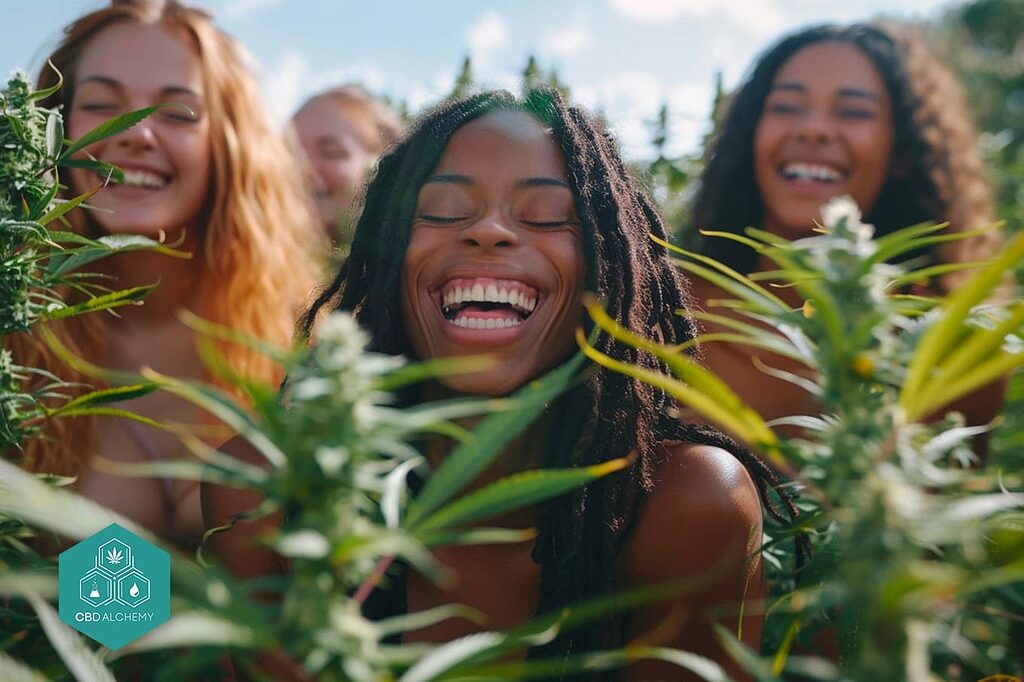
Hemp leaf is a powerful ally in the fight against stress. CBD, one of its star compounds, has relaxing properties that can contribute to the reduction of this contemporary ailment. Products with high CBD content, such as those offered by CBD Alchemy’s CBD Shop, are designed to deliver natural and effective relief to those who need it.
This company has been at the forefront of the legal cannabis market in Spain since 1997, standing out for its indoor CBD and hemp flowers that meet the specific needs of each customer. By selecting quality products like those from CBD Alchemy, you can optimize the use of hemp leaf to manage stress naturally and safely.
Sleep Enhancement
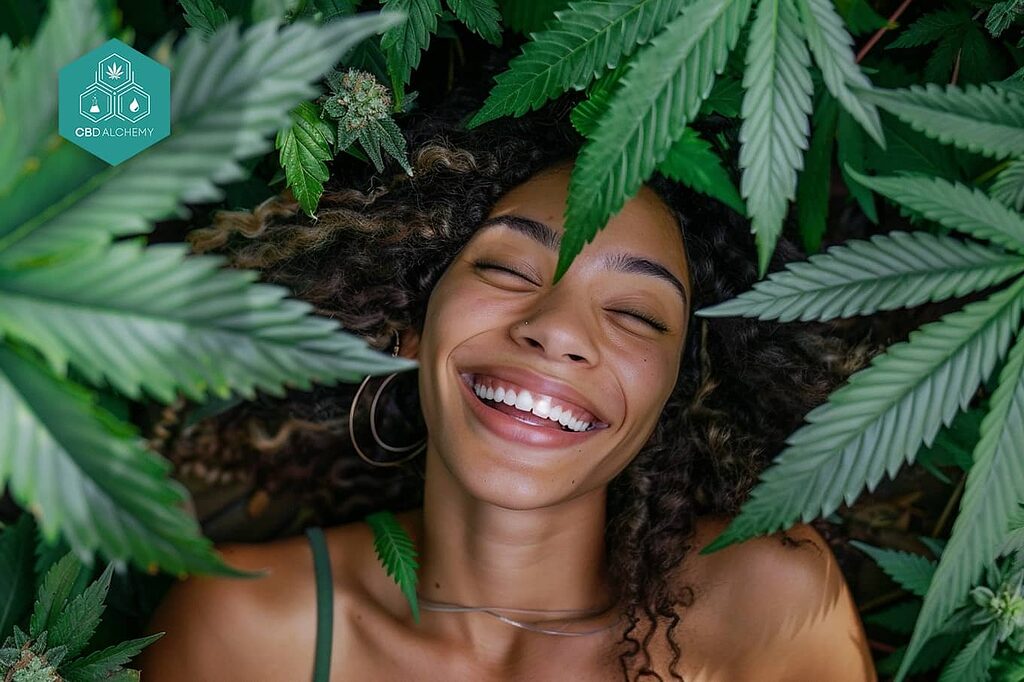
Hemp leaf is also a gentle lullaby for those seeking refuge from the night’s rest. CBD and CBN, found in its leaves, are known for their sleep-inducing effects and may have sedative properties that promote deep rest,. These components help regulate the sleep cycle, offering a natural alternative to insomnia and improving the quality of a good night’s rest.
Many users report an improvement in the ease of falling asleep and the feeling of being adequately rested, which is supported by recent studies suggesting the benefits of hemp in the treatment of sleep disorders.
Pain and Inflammation Management
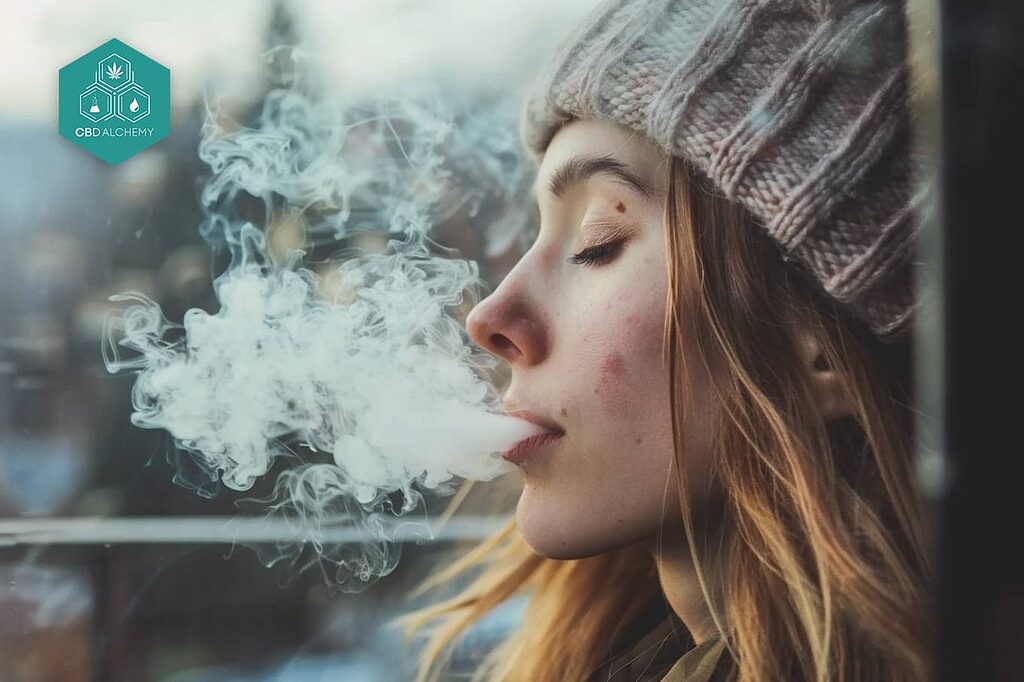
In the management of pain and inflammation, hemp leaf presents itself as a valuable therapeutic option. The anti-inflammatory properties of CBD play a crucial role in mitigating the inflammatory response, offering an alternative for the management of inflammatory conditions,.
The use of hemp leaves has been associated with a reduction in the perception of chronic pain, providing remarkable relief in patients suffering from it. Oils or infusions prepared with hemp leaves may contain other beneficial molecules that contribute to the overall therapeutic effect, and are considered to have a favorable safety profile compared to some traditional analgesics.
Practical Use of Hemp Leaf Infusions
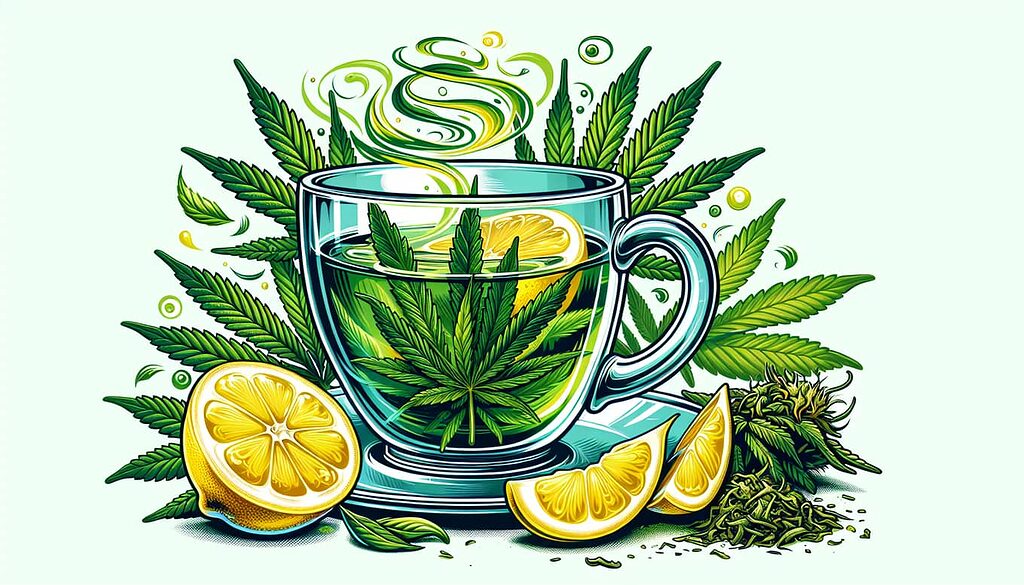
The versatility of hemp leaf reaches its maximum expression in the preparation of infusions. These drinks, besides being a practical way of consuming the properties of hemp, can be customized to meet any specific taste or need.
In addition, the THC content in the leaves of hemp tea is less than 0.02%, which guarantees its safety for regular consumption.
Preparation of the Infusion
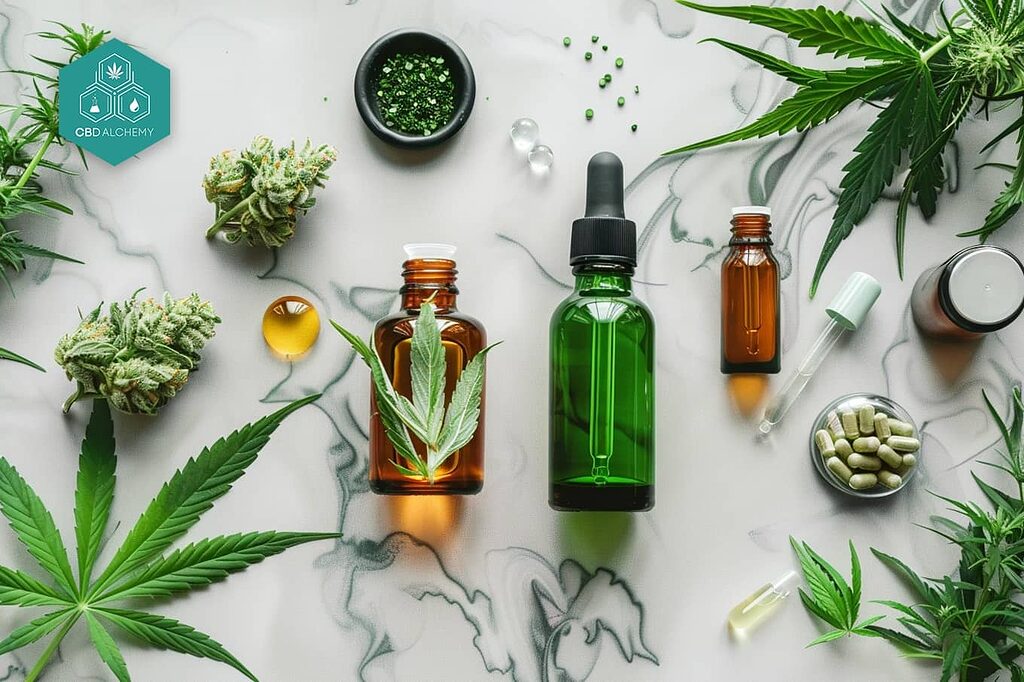
Preparing a hemp infusion is as easy as bringing water to boiling point and pouring it over the dried leaves, allowing the aromas and properties to be released into the hot liquid.
This simple technique is the gateway to a world of possibilities waiting to be explored.
Flavor Combinations
Customizing hemp infusion is an exercise in creativity. Some possible combinations are:
- A squeeze of lemon for citrus lovers
- A sprinkling of mint leaves for a refreshing twist
- Grated ginger for a spicy, healthy flavor
- A little honey or stevia for those looking to sweeten their drink without resorting to processed sugars
These are just some of the possible combinations.
The options are endless and can be adapted to each person’s preferences.
Hemp Infusion Benefits
In addition to its delicious taste and ability to be customized, hemp tea offers benefits that go beyond taste. With a virtually non-existent THC content, these infusions can be enjoyed at any time of the day, providing a calming and relaxing effect without altering consciousness or producing unwanted side effects.
Hemp in the Kitchen: More Than an Infusion
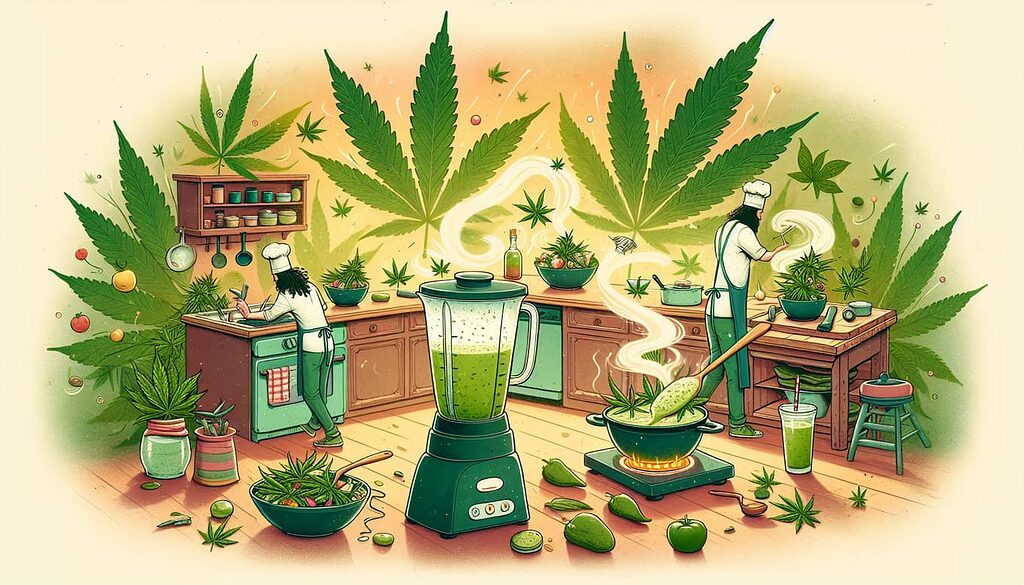
Let’s not stop at just cups of tea; hemp is a versatile ingredient that can enrich our diet in many ways. From hemp flour, perfect for gluten-free baking, to hemp oil, ideal for salad dressing, this product is an exceptional kitchen companion for those looking for nutritious and sustainable options.
Innovative Recipes
Hemp leaves can transform traditional dishes into healthier, flavorful options. Lemon poppyseed hemp pancakes, tortilla soups with a twist, or balsamic glazed pork chops with balsamic and hemp are examples of how this ingredient can enrich our meals and stimulate culinary creativity.
Healthy Alternatives
Incorporating hemp leaf into our diet has beneficial effects thanks to its admirable nutritional profile. This leaf contains Omega 3 and 6 fatty acids, carbohydrates and a minimal amount of salt, making it a healthy alternative for those looking to balance their diet.
With an energy value of 1866 Kj / 46 Kcal per 100g, hemp leaves can be a source of energy and nutrients without the excessive calorie intake.
Preservation Tips
To ensure that hemp leaves keep their properties intact, it is essential to keep in mind some preservation tips. Freezing the leaves inside prepared dishes is an effective way to preserve their freshness and nutritional benefits for later use in cooking. This technique allows hemp leaves to be enjoyed at any time, preserving their nutrients and aromas until the moment of consumption.
Hemp Leaf in the Textile and Construction Industry
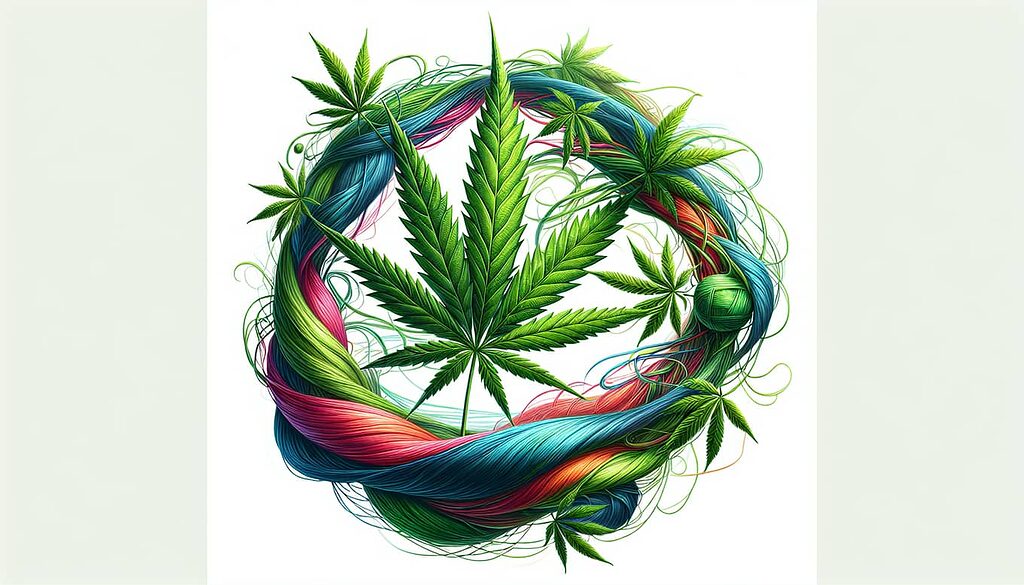
The application of hemp leaf is not limited to gastronomy; the textile and construction industry also benefits from its qualities. Hemp fiber is a sustainable, resistant resource with insulating properties, a low carbon footprint and requires a minimum of water for its cultivation. These aspects make hemp an excellent ecological choice for the manufacture of durable textiles and building materials such as hempcrete, which offers sustainable alternatives to conventional materials.
Hemp Textiles
Hemp textiles are noted for their durability and abrasion resistance, making them ideal for the manufacture of clothing and accessories that last over time. They also have UV protection properties, making them a smart choice for everyday clothing and outdoor activities.
The production of hemp textiles is a practice that demonstrates how the industry can adapt to more sustainable and environmentally friendly methods.
CBD Flowers
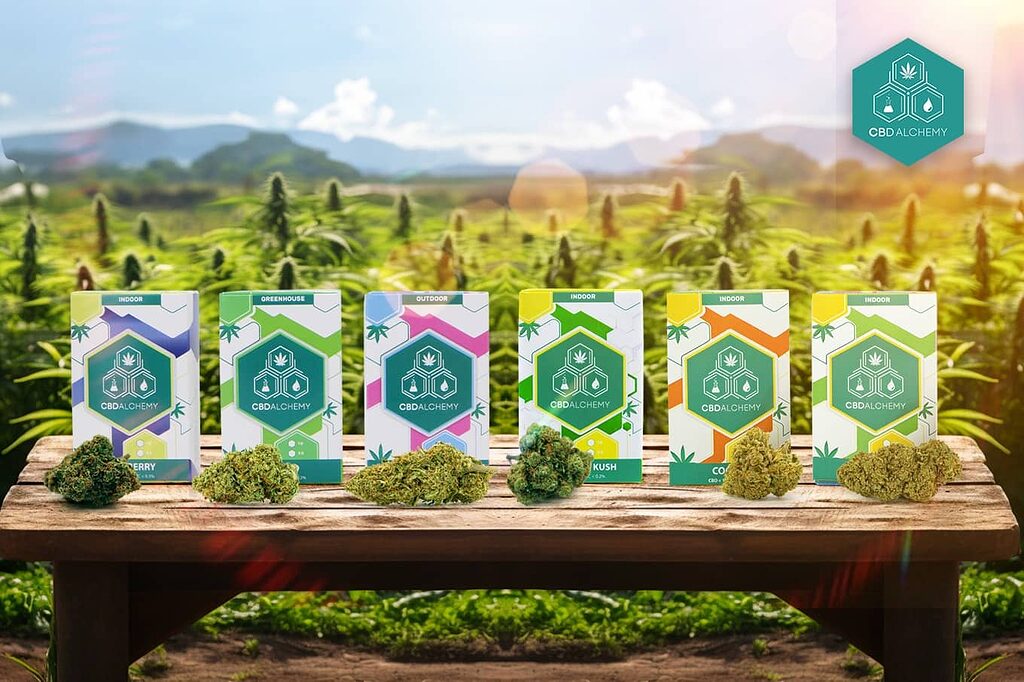
CBD flowers are the crown jewel of Cannabis sativa. These inflorescences, which can be used for smoking, vaporizing or creating infusions, stand out for their high CBD content and low THC content, making them a legal and increasingly popular option in Spain.
CBD Alchemy’s CBD flowers, grown under rigorous standards, are synonymous with quality and safety, offering users a therapeutic experience without the psychoactive effects associated with traditional marijuana.
Innovative Construction Materials
Innovation in construction materials also finds its place in hemp. Materials such as Hempcrete, made from hemp fibers, lime and water, demonstrate the extraordinary possibilities this plant offers for greener and more sustainable buildings.
Its characteristics include:
- Ability to resist mold and mildew
- Thermal insulation
- Moisture regulation
- Biodegradability
These qualities position hemp as a building component of the future.
Legal and Consumer Safety Considerations
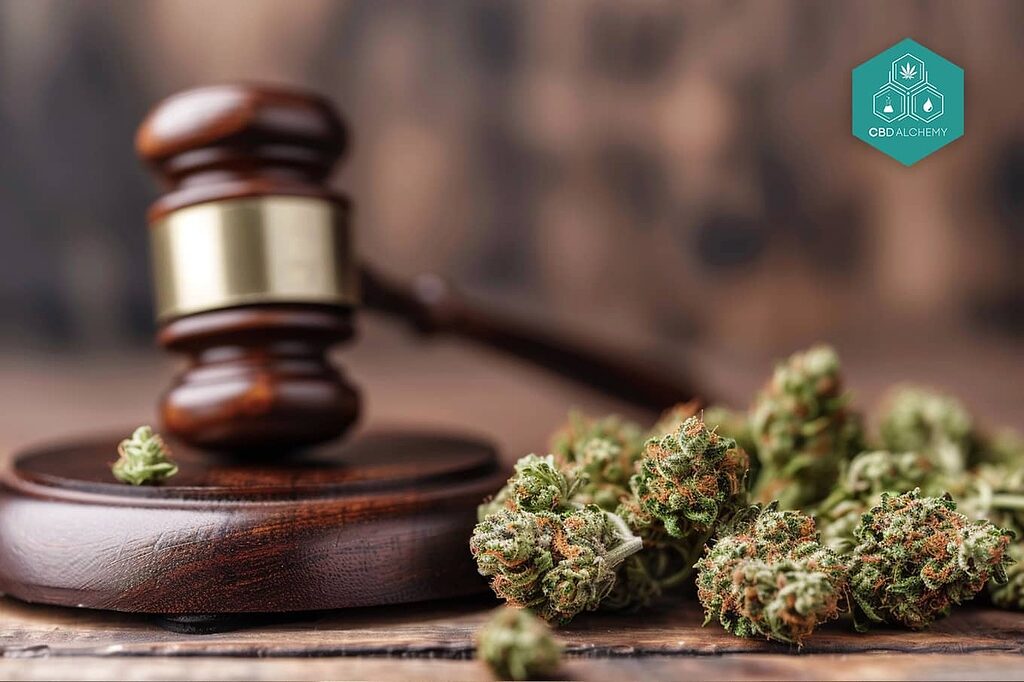
Within the legal territory, the cultivation, commercialization and consumption of CBD flowers in Spain is permitted as long as the THC limit established by law is respected, that is, a level lower than 0.3%.
It is essential for consumers to verify that hemp products comply with these requirements in order to guarantee a safe and responsible consumption.
Spanish and European Regulations
According to the High Court of Justice of the European Union, CBD products can be marketed in any member country if they do not exceed 0.2% THC, and Spain, following the EU principle of mutual recognition, cannot prohibit the sale of CBD products legalized in another member country.
However, in Spain, consumption by smoking flowers intended for collection is not allowed, and other CBD products are restricted to topical uses.
Quality and Safety Verification
Quality and safety in the consumption of hemp products are paramount. Companies such as CBD Alchemy guarantee that the THC content in their products is less than 0.2%, complying with current European regulations.
In addition, with the European Pharmacopoeia in the process of defining new standards for CBD and Cannabis sativa that will come into force in July 2024, greater clarity and uniformity in the quality of these products is expected.
In Germany, for example, there are already specific regulations for the consumption of cannabis flowers in medicinal contexts.
Summary
We have traveled from hemp’s millennia-old origins to its place at the forefront of sustainability, through its therapeutic benefits and its adaptability in cuisine and industry. It is clear that hemp leaf, with its low THC content and exceptional nutritional profile, offers a range of possibilities for those seeking a healthier and more environmentally conscious lifestyle. Let us always remember to inform ourselves about current regulations and select quality products to ensure safe and responsible consumption. The hemp leaf is, without a doubt, a plant with an ancestral past and a promising future.
Frequently asked questions
Is the consumption of CBD flowers legal in Spain?
Yes, the consumption of CBD flowers is legal in Spain if the THC content is less than 0.3%, according to Spanish and European regulations.
What are the benefits of CBD flowers from CBD Alchemy compared to other brands?
CBD Alchemy CBD flowers offer high CBD content, superior quality and organic cultivation, which distinguishes them from other brands.
How can I be sure that the hemp products I buy are safe?
To make sure the hemp products you purchase are safe, verify that they come from reliable producers who perform laboratory testing to ensure purity, potency and safety.
What are the applications of hemp leaf in the construction industry?
Hemp leaf has various applications in the construction industry, such as the manufacture of sustainable and mold-resistant materials with thermal insulation and moisture regulating properties.
In what forms can I consume hemp leaves?
You can consume hemp leaves in herbal teas, use them as an ingredient in healthy recipes and in the creation of sustainable materials in the textile and construction industry.
